Mysterious water in tub area...could it be tile related?
trmatty4
12 years ago
Related Stories
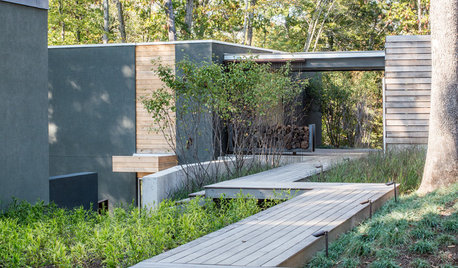
PATHSCreate Garden Mystery With a Zigzag Path
Foster intrigue by setting garden paths at angles ‘yatsuhashi’-style
Full Story
DREAM SPACESIf You Could Choose One Dream Space ...
Yoga room, wine cellar, infinity pool or tricked-out garage — which of these luxurious rooms would be at the top of your list?
Full Story
FUN HOUZZDon’t Be a Stickybeak — and Other Home-Related Lingo From Abroad
Need to hire a contractor or buy a certain piece of furniture in the U.K. or Australia? Keep this guide at hand
Full Story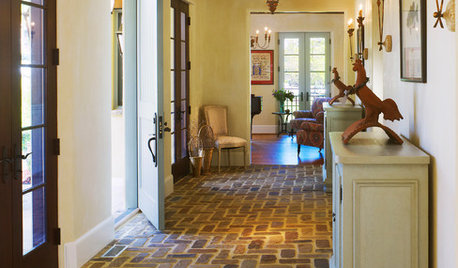
RUSTIC STYLEBrick Floors: Could This Durable Material Work for Your House?
You love the old-world look, but will you like the feel of it underfoot? Learn the pros and cons of interior brick flooring
Full Story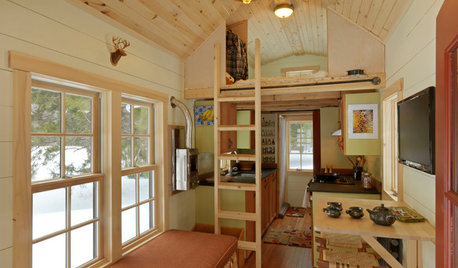
SMALL SPACESCould You Live in a Tiny House?
Here are 10 things to consider if you’re thinking of downsizing — way down
Full Story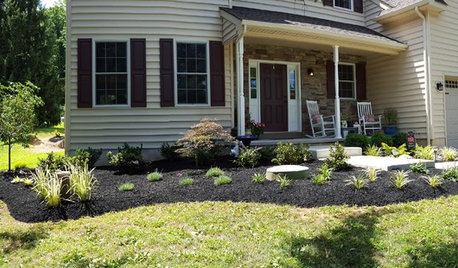
LIFEIf You Could Talk to Your House, What Would You Say?
‘Pull yourself together’ or ‘thank you for transforming my life’? Notes to homes around the country hit us where we live
Full Story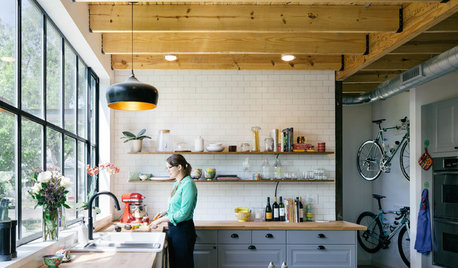
MOST POPULAR11 Modern Farmhouses That Could Make You Want to Change Your Life
Simple forms, cutting-edge materials and casual yet refined good looks characterize homes in this timeless style
Full Story
BATHROOM DESIGNConvert Your Tub Space Into a Shower — the Tiling and Grouting Phase
Step 3 in swapping your tub for a sleek new shower: Pick the right tile and test it out, then choose your grout color and type
Full Story
SAVING WATER11 Ways to Save Water at Home
Whether you live in a drought-stricken area or just want to help preserve a precious resource, here are things you can do to use less water
Full Story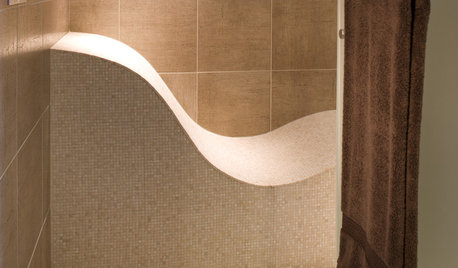
REMODELING GUIDESTop 10 Tips for Choosing Shower Tile
Slip resistance, curves and even the mineral content of your water all affect which tile is best for your shower
Full Story








brickeyee
trmatty4Original Author
Related Professionals
Bremerton Kitchen & Bathroom Remodelers · Creve Coeur Kitchen & Bathroom Remodelers · Green Bay Kitchen & Bathroom Remodelers · Independence Kitchen & Bathroom Remodelers · Jacksonville Kitchen & Bathroom Remodelers · Key Biscayne Kitchen & Bathroom Remodelers · Las Vegas Kitchen & Bathroom Remodelers · Morgan Hill Kitchen & Bathroom Remodelers · Phoenix Kitchen & Bathroom Remodelers · Santa Fe Kitchen & Bathroom Remodelers · South Plainfield Kitchen & Bathroom Remodelers · Tempe Kitchen & Bathroom Remodelers · Turlock Kitchen & Bathroom Remodelers · Upper Saint Clair Kitchen & Bathroom Remodelers · Ojus Kitchen & Bath Fixturesbrickeyee
trmatty4Original Author
brickeyee
trmatty4Original Author
marybird0804
homebound
homebound
aidan_m
sofaspud
aidan_m
sofaspud